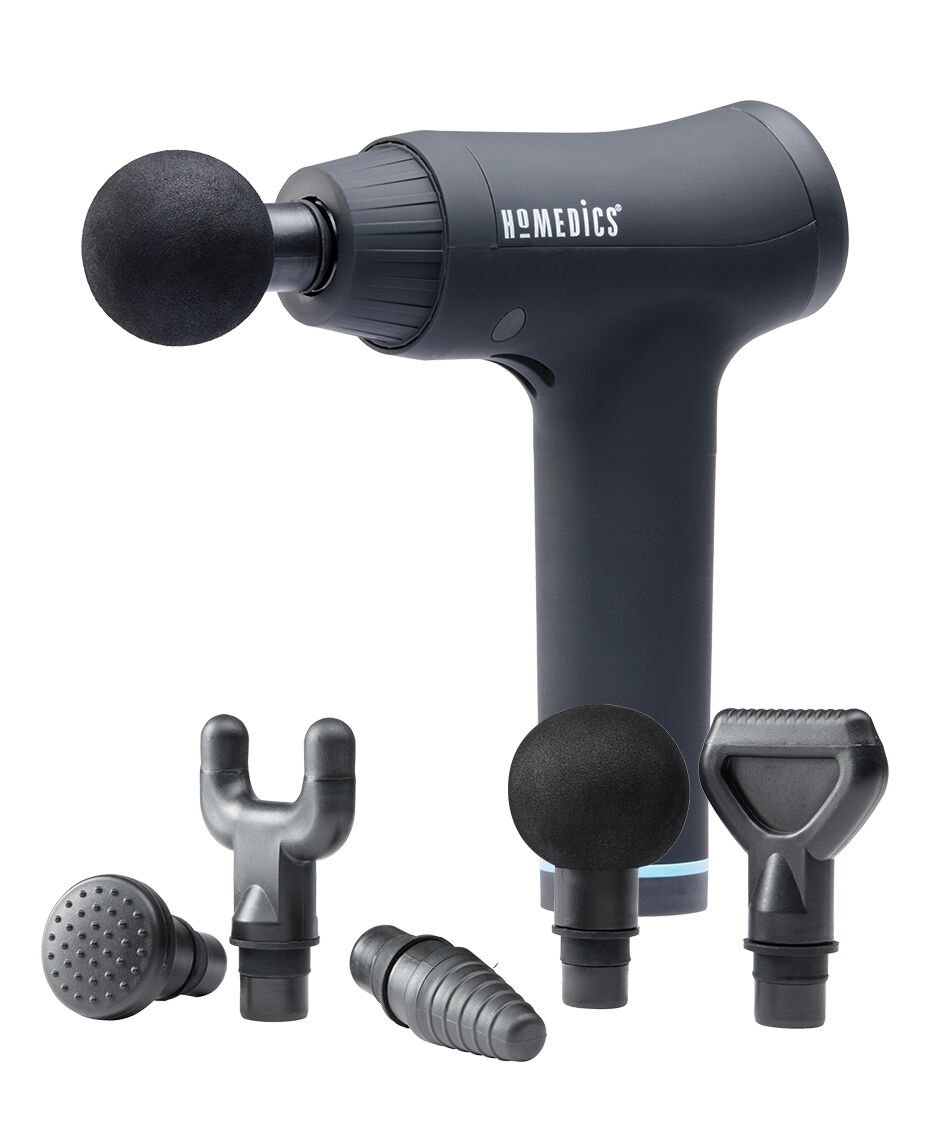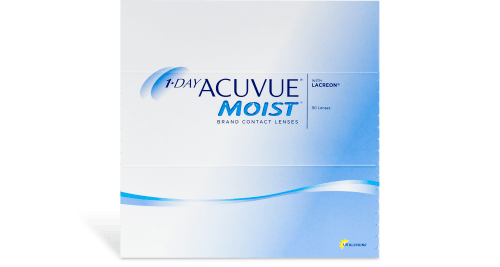Waterpik® Sonic-Fusion® 2.0 Flossing Toothbrush in White/Chrome
Waterpik Sonic-Fusion 2.0 features built-in Water Flosser technology that delivers a complete clean for superior oral health. This electric toothbrush features 3 cleaning modes that allow you to brush, floss, or brush and floss at the same time.
Waterpik Sonic-Fusion 2.0 features built-in Water Flosser technology that delivers a complete clean for superior oral health. This electric toothbrush features 3 cleaning modes that allow you to brush, floss, or brush and floss at the same time.
- Features 2x bristle tip speed and 30% more flossing power compared to the original Sonic-Fusion
- Built-in Waterpik Water Flosser technology delivers a complete clean for superior oral health
- Offers 3 cleaning modes: Brush, Floss, or Brush+Floss
- Quiet operation
- High and low toothbrush settings
- 2-minute brushing timer with 30-second pacer
- 60+ seconds of water capacity
- Safe for use with braces, dentures, and implants
- On/off switch
- Integrated lithium ion battery
- Includes:
- Sonic-Fusion 2.0 flossing toothbrush
- 1 patented flossing brush head
- Premium toothbrush case
- Measures 6.25″ L x 5.25″ W x 10.94″ H
- Cord measures 56″ L
- Weighs 1.66 lb.
- 3-year limited manufacturer’s warranty
- Imported
- Model SF-03W010-1
- skuId: 69742814






by John
The best brushing I have ever experience. I just have to remember to brush before my shower until I get more experience with it.
by Chris
This is, hands down, the best product evolution I have ever seen or used in my life. Going from a manual toothbrush to an electric one is a huge jump. This is going to warp speed. I love it.
by Cedar
I purchased this device for my granddaughter who recently got braces and I wanted to make it easier for her to floss and brush so she’d be conscientious about it. When I saw how compact it was for the counter I had to have one for myself. Now after using it for a month I must say I’ll never go without it. The sonic action and watering mode working simultaneously is not only convenient but is an efficient method of cleaning that leaves you feeling like you just had a professional dental cleaning. It’s I quieter than my old stand alone waterpik and I even found it easy to travel with. I just bought my third one for another family member.
by Zorn
3 minutes twice a day — 2 minutes brushing and 1 minute flossing — leaves my mouth feeling fresher than ever. So easy to use I actually look forward to using the Waterpic Sonic 2.0. Well worth the money!!
by Bob
Very refreshing to after brush to have pressure water clean your teeth also during day with various food stuck in teeth to wash it away versus tooth pick to dislodge fillings.